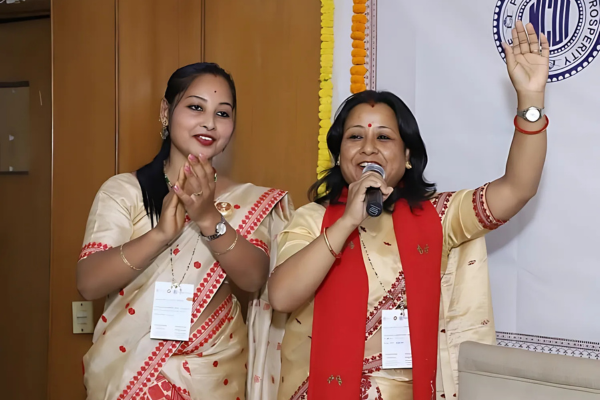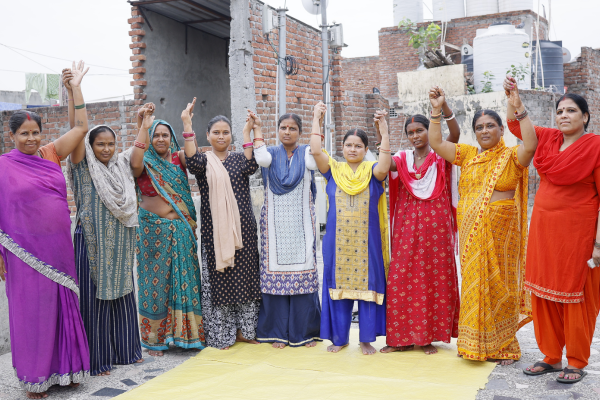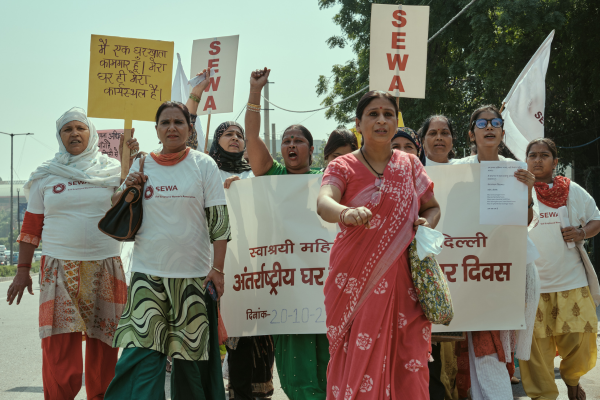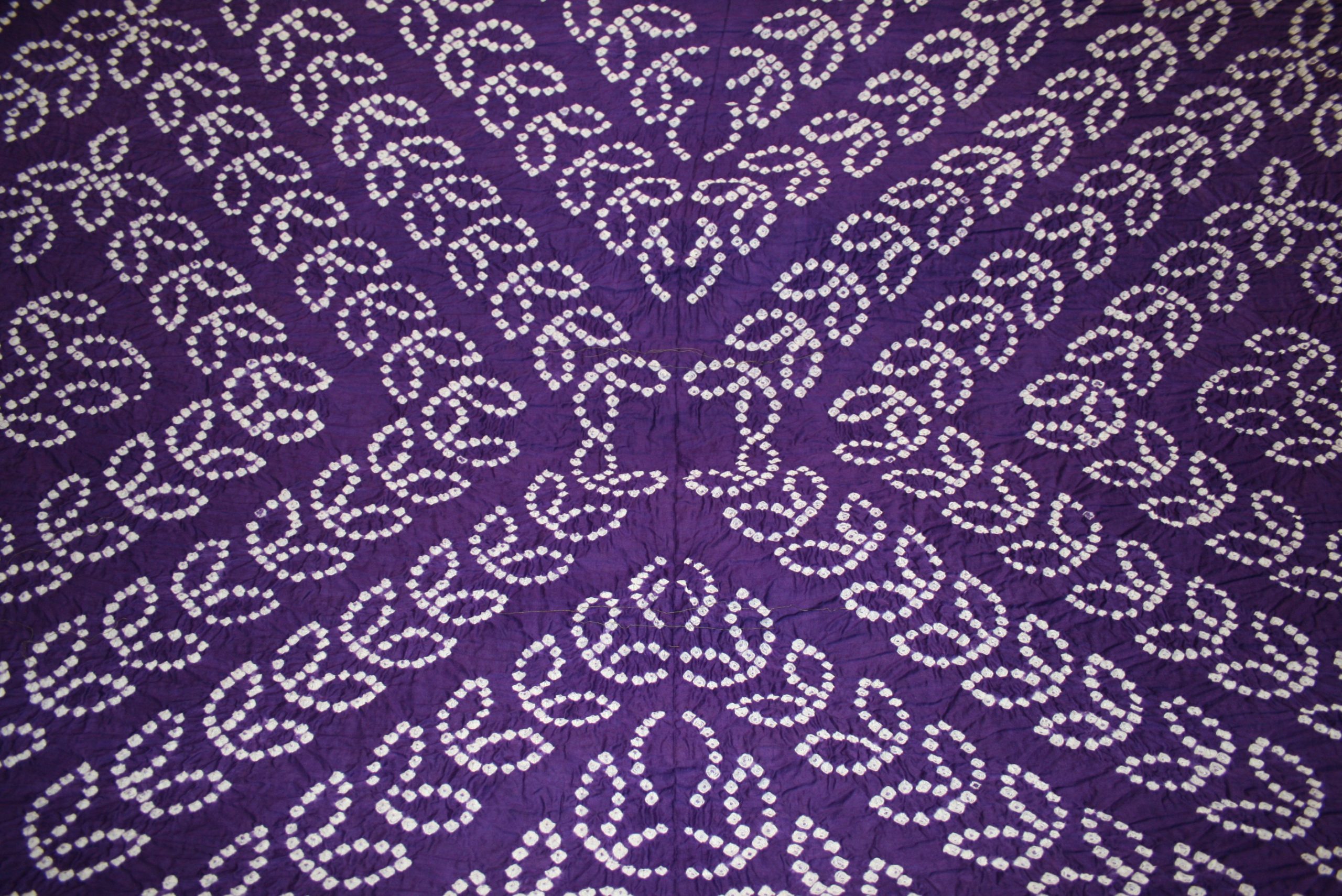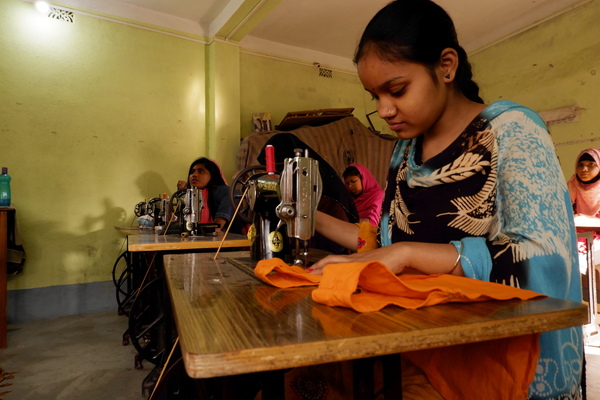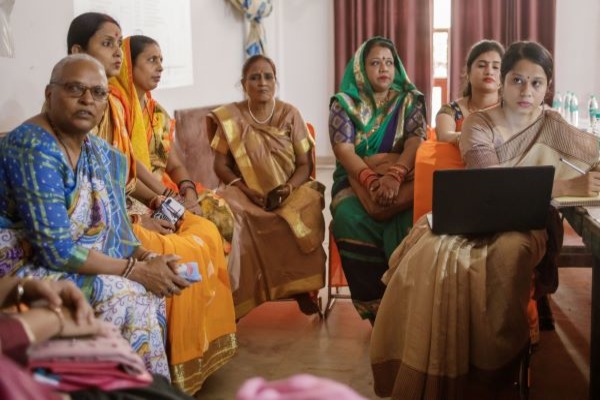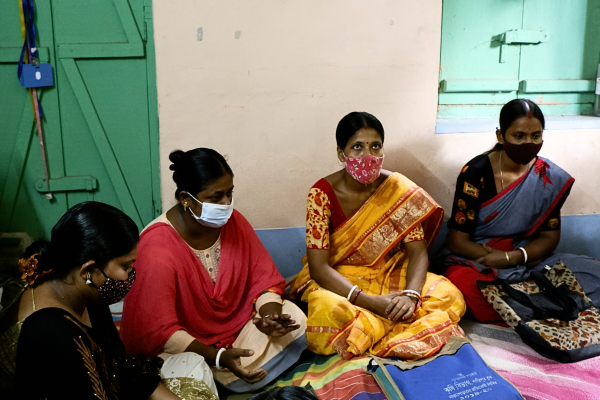Delhi Declaration 2022
SEWA Bharat partnered with SEWA Cooperative Federation, National Cooperative Union of India and International Cooperative Alliance - Asia and Pacific, in enabling women cooperators to co-create the Delhi Declaration 2022, which is an action-oriented roadmap rooted in the lived realities of informal economy women workers and their collective enterprises.

